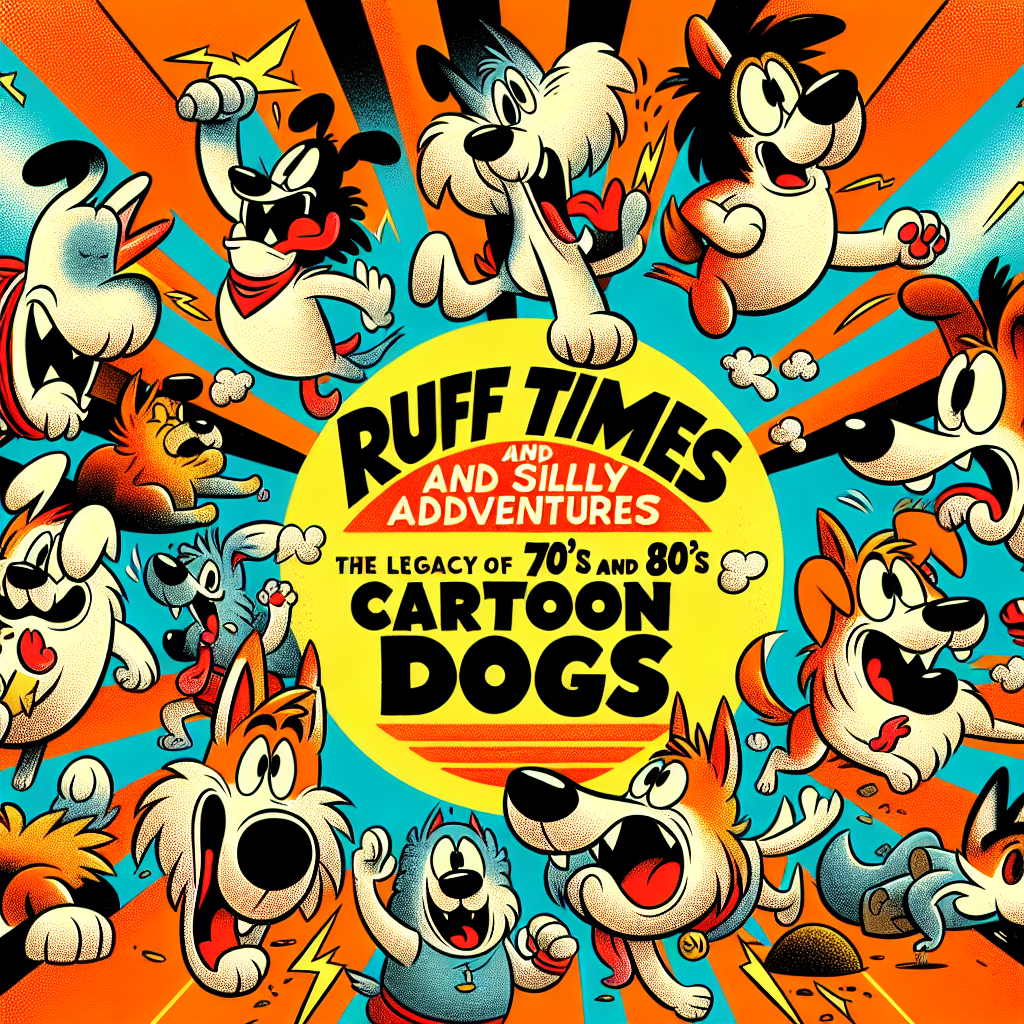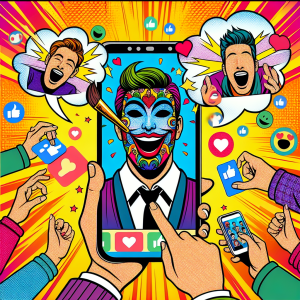Sit, stay, and prepare for a tail-wagging trip down memory lane! Remember the delightful cartoons that graced our screens during the ’70s and ’80s? If you do, you definitely recall the legions of cartoon dogs who made us laugh, cry, and sometimes even howl with joy. From the clever antics of Scooby-Doo to the lovable misadventures of Astro, these canine characters left paw-prints on the very fabric of pop culture. Get ready to dive into the ruff and tumble world of cartoon dogs and discover their legacy that still entertains us today!
The Rise of Cartoon Dogs in the 70s and 80s
The ’70s and ’80s were a golden era for animation. As television became a staple in households, kids’ shows flourished, and one of the standout features was an array of lovable dogs. Why were these furry friends so popular? For one, dogs have always held a special place in our hearts. The combination of their playful nature and lovable demeanor made them the ideal protagonists in animated adventures.
Iconic Cartoon Dogs of the Era
Scooby-Doo
No discussion about cartoon dogs can start without mentioning the one and only Scooby-Doo! Created in 1969, “Scooby-Doo, Where Are You!” became a staple of ’70s television, captivating audiences with its unique mix of mystery and comedy. Scooby, along with his human pals, tackled spooky mysteries while indulging in their love of pizza and Scooby Snacks. The show’s blend of humor and adventure made it a classic, spawning numerous spinoffs, movies, and merchandise that continues to this day.
Astro
Moving from spooky mysteries to futuristic fun, Astro from “The Jetsons” captured hearts with his charming antics. Airing initially in 1962 but remaining relevant through reruns in the ’70s and ’80s, Astro was the Jetson family’s loyal dog, bringing laughter with his hilarious speech and clumsy moments. His memorable catchphrases and unique character design made him a beloved cartoon dog of the era.
Blue and the Backyard Gang
Blue from “Blue’s Clues,” though emerging later in the ’90s, owes some of its narrative style to the fun, interactive formats introduced in the previous decades. Dogs like Blue can be seen as a continuation of the tradition of engaging cartoon canines that started in the ’70s and ’80s. They embodied the sense of curiosity that children possess, leading viewers on adventures filled with learning and exploration.
Odie
You can’t forget Odie, the lovable but often ignored pup from the “Garfield” series. Garfield’s sarcastic quips about his dimwitted sidekick became a staple of comic relief. Odie’s oversized tongue and goofy nature had viewers sympathizing with him, marking a perfect contrast to Garfield’s cynical attitude. Their dynamic offered countless comedic scenarios, contributing to the enduring legacy of animated dogs.
The Impact on Pop Culture
The influence of cartoon dogs extends far beyond the realm of entertainment. They introduced children to themes of friendship, loyalty, and problem-solving through their silly antics and ruff adventures. Characters like Scooby-Doo showed youngsters how teamwork could solve even the most perplexing mysteries, while Astro showcased the joy found in companionship, even if it was in a futuristic world.
Nostalgia and Marketing
The nostalgic charm of cartoon dogs has proven to be a goldmine for marketing and merchandise. Whether it’s Scooby-Doo toys, clothing, or even food products, the image of these furry figures finds its way into the hearts—and wallets—of fans both young and old. Cartoons from this era laid the groundwork for characters that resonated with viewers deeply, creating a lasting legacy that companies have successfully capitalized on for decades.
The Evolution Beyond the 80s
Though the ’70s and ’80s were iconic, the legacy of cartoon dogs has continued to evolve. Recent cartoons like “Paw Patrol” and “Adventure Time” pay homage to those furry pioneers, albeit in different styles and narratives. They reflect the changing landscape of children’s television while still holding onto the essential traits that made cartoon dogs lovable: humor, loyalty, and the ability to connect with kids on a fundamental level.
Conclusion: Legacy and Love
The funny, adventurous cartoon dogs of the ’70s and ’80s have left an indelible mark on television, pop culture, and even hearts. These charming characters provided laughter, life lessons, and a fun escape into adventures that remain timeless. As we move forward, it’s vital to appreciate the wonderful impact these cartoon dogs had on the world and how they’ve shaped new generations of animated storytelling.
FAQ
What made cartoon dogs popular in the 70s and 80s?
The popularity of cartoon dogs during this era can be attributed to their humor, relatability, and the inherent charm dogs have as loyal companions. Their antics not only entertained children but also imparted important lessons about friendship and teamwork.
Which cartoon dog is the most beloved?
While opinions may vary, Scooby-Doo is often regarded as the most beloved cartoon dog from the ’70s and ’80s. His character’s blend of humor, courage, and the ability to provide comic relief has solidified his place in pop culture history.
Are cartoon dogs still popular today?
Absolutely! Cartoon dogs continue to captivate audiences, with new shows emerging around them. Characters like Blue from “Blue’s Clues” and Marshall from “Paw Patrol” are just a few examples of how the legacy of animated canines persists and evolves with new storytelling styles.
What lessons do cartoon dogs teach us?
Certainly! Cartoon dogs often teach valuable lessons such as the importance of teamwork, friendship, loyalty, and problem-solving. Their humorous journeys frequently come with moral lessons subtly woven into their stories.
Will we see more cartoon dogs in the future?
Given the success and nostalgia attached to cartoon dogs, we can look forward to their continued presence in future animation. As creators seek to capture the charm and appeal of these characters, it’s likely we’ll see both new and familiar canine faces in animated series and films.








+ There are no comments
Add yours